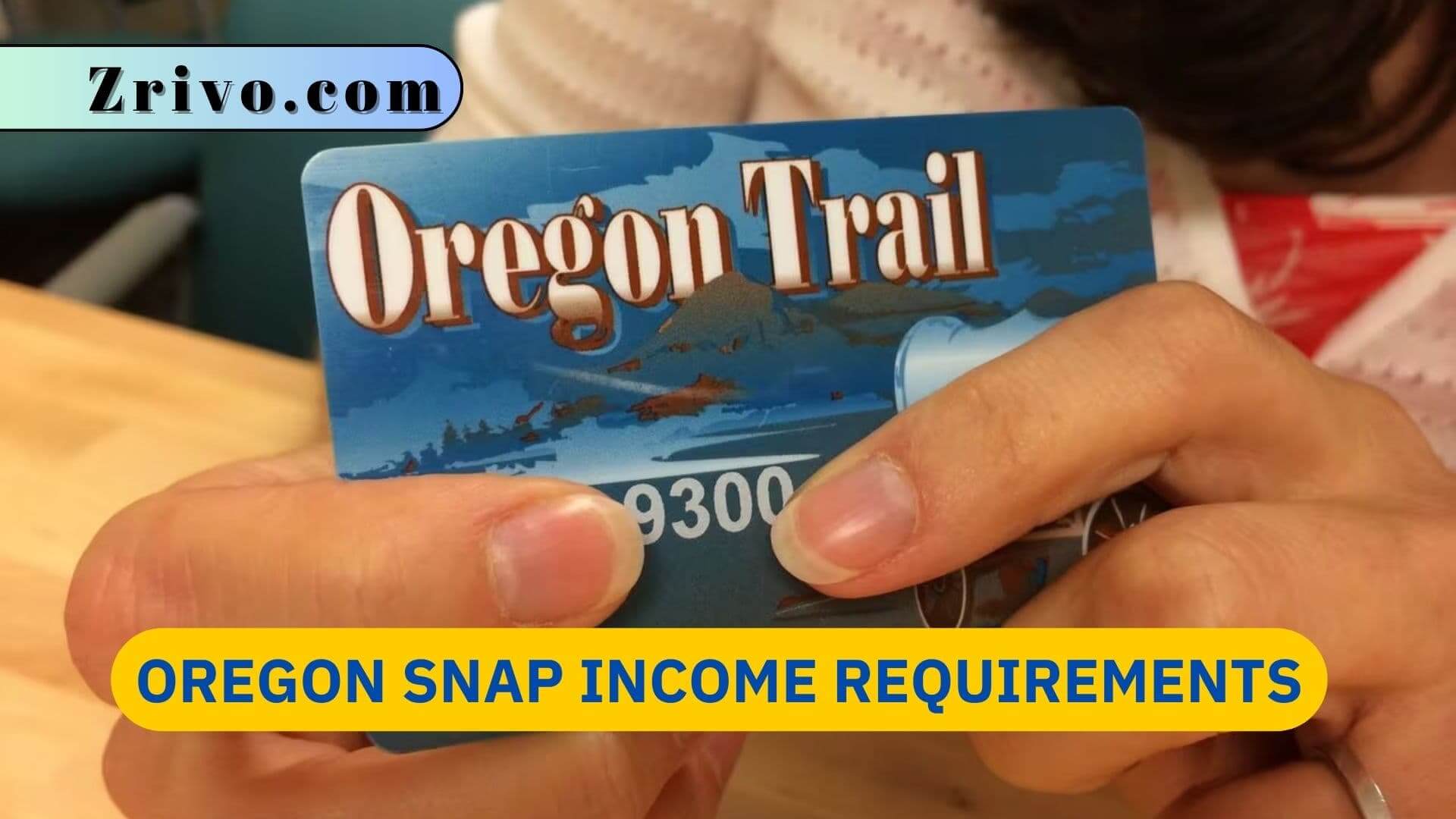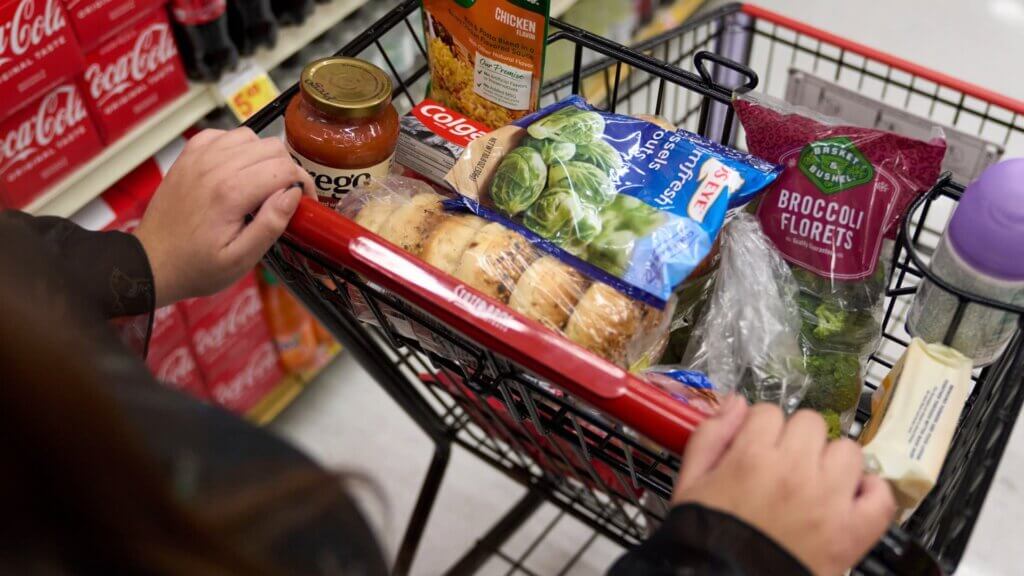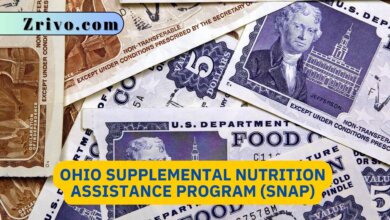Oregon SNAP Income Requirements
Oregon SNAP eligibility is determined by household net income or gross monthly income minus allowable deductions. Some people may be required to report 80 hours of work or volunteer activity each month.

The Supplemental Nutrition Assistance Program (food stamps) helps families buy healthy food. Most households must pass tests that measure both income and resources to qualify for SNAP benefits. These requirements vary by state. For example, some states have a resource limit for cash and other assets, while others don’t. The best way to learn more about the rules in your area is to contact a local SNAP office or Feeding America.
In Oregon, a household’s SNAP benefits are based on net monthly income, which is gross income minus allowable deductions. Generally, a household must meet both the gross and net income limits to qualify for SNAP benefits. Exceptions are made for households that have an elderly member or a disabled person, which only need to meet the net income limit.
What is Oregon SNAP Income Limit?
ODHS says the program’s new income eligibility limits are permanent, meaning individuals can earn up to $2,265 per month, and families of three can earn up to $3,838 per month to be eligible for SNAP benefits. This means that about 18,000 more families are now able to qualify for assistance with their food and childcare expenses.
Eligible people get monthly SNAP benefits on an Oregon Trail card, which works like a debit card at grocery stores and other places that accept prepaid cards. The card can be used to purchase most groceries and some non-food items. It can also be used to purchase low-cost telecommunication services through the Lifeline Program and Internet Essentials. Low-income families can also benefit from the Women, Infants, and Children (WIC) program to help them afford nutritious food.

Oregon SNAP Income Guidelines
The Oregon SNAP income guidelines are designed to help low-income households get enough food. The program is based on household size, age, and nutritional need. The program is financed with tax dollars and provides benefits that are loaded monthly onto the EBT card or Oregon Trail Card. The card acts like a debit card and can be used at grocery stores, convenience shops, and other places that accept EBT. It cannot be used to purchase alcohol, cigarettes, or hot food items.
| People in family | Annual | Monthly | Weekly |
|---|---|---|---|
| 1 | $29,160 | $2,430 | $565 |
| 2 | $39,444 | $3,287 | $764 |
| 3 | $49,728 | $4,144 | $964 |
| 4 | $60,000 | $5,000 | $1163 |
Generally, households will receive an allotment that is equivalent to 30 percent of their net monthly income. This is determined by calculating the household’s gross monthly income, then subtracting allowed deductions. A household’s allowance is also based on the size of the family, and the average allotment is about $300 per month.
Households receiving SNAP benefits are eligible for free or reduced lunches at schools and can also get low-cost internet service. SNAP recipients can also access discounted health care, including prescriptions and dental care. They can also get extra emergency food benefits, called SNAP emergency allotments.
SNAP benefits are loaded onto Oregon Trail cards, or EBT cards, and can be used at most grocery stores and some convenience stores. However, there are some items that are not available on EBT, such as alcohol and prepared meals. In addition, SNAP beneficiaries can use their cards at some farmer markets and senior centers.





